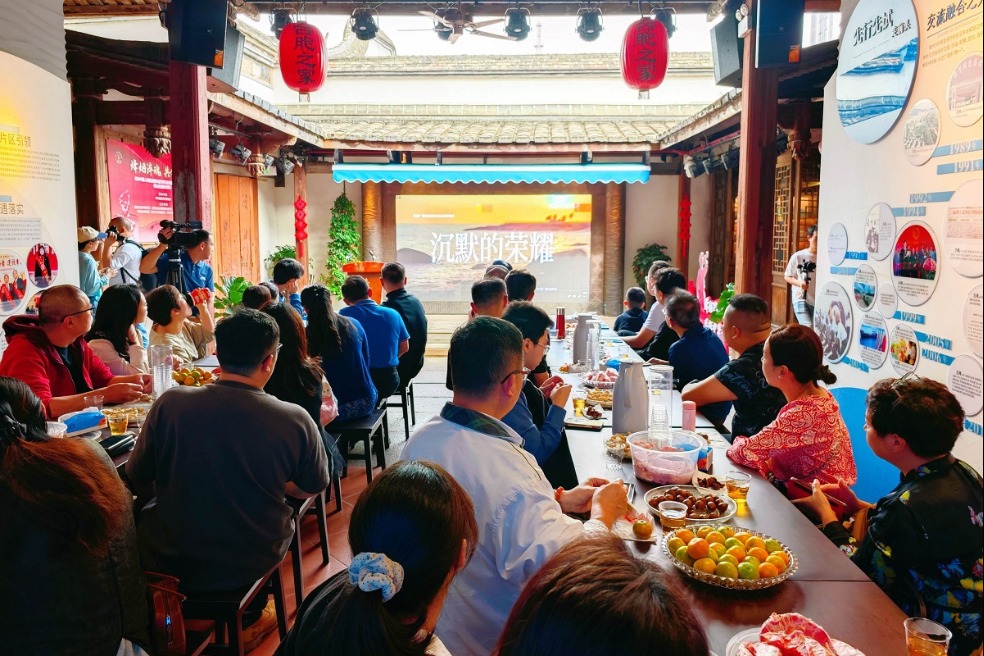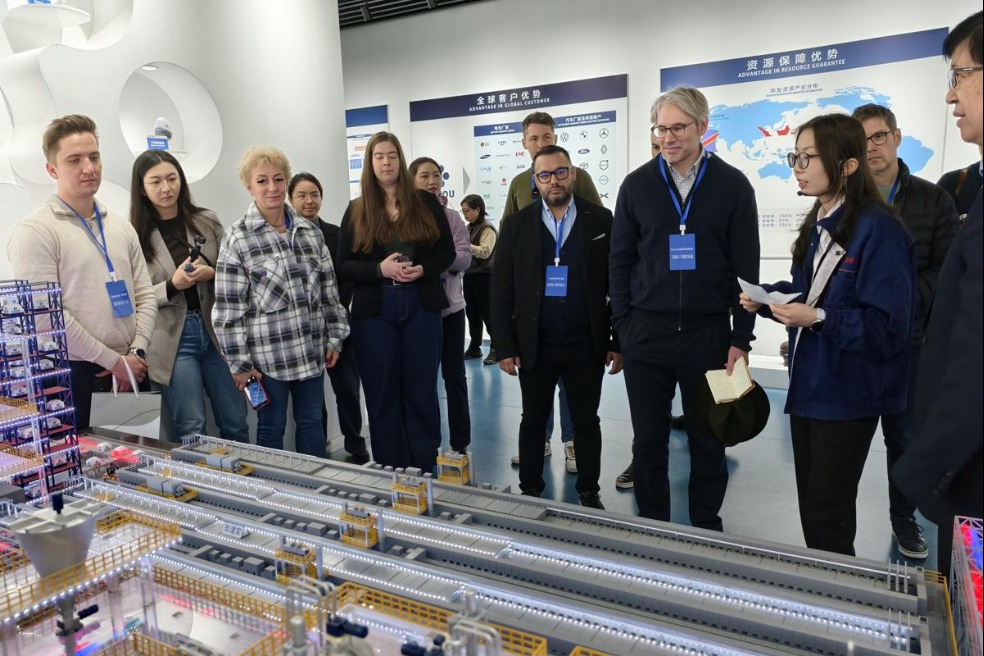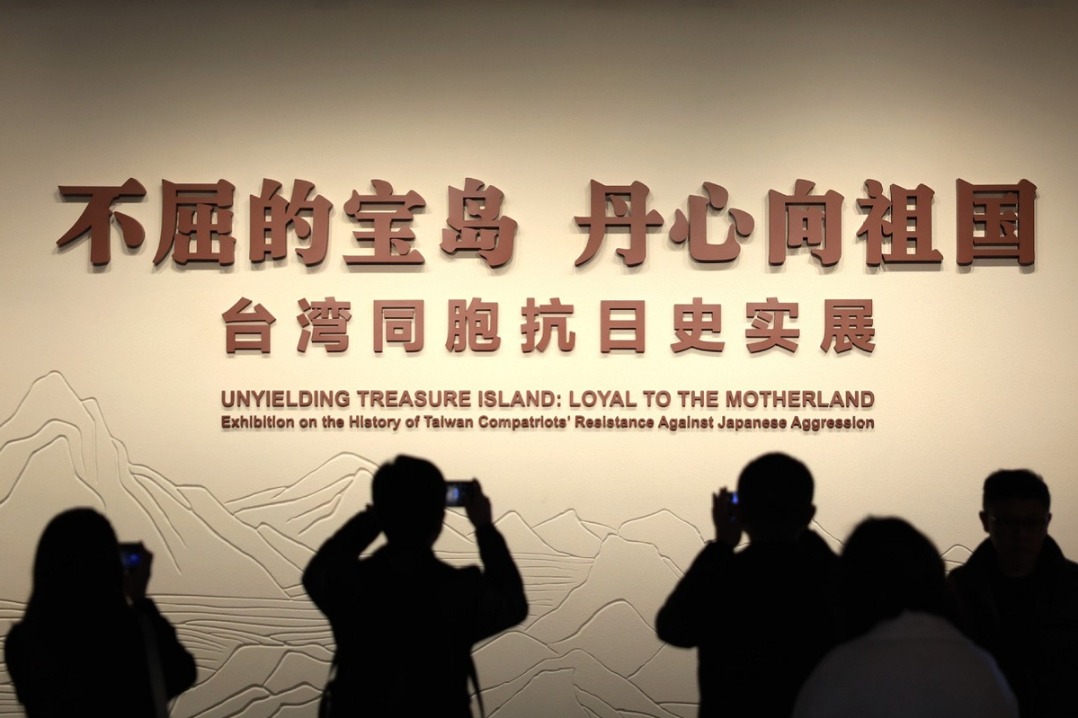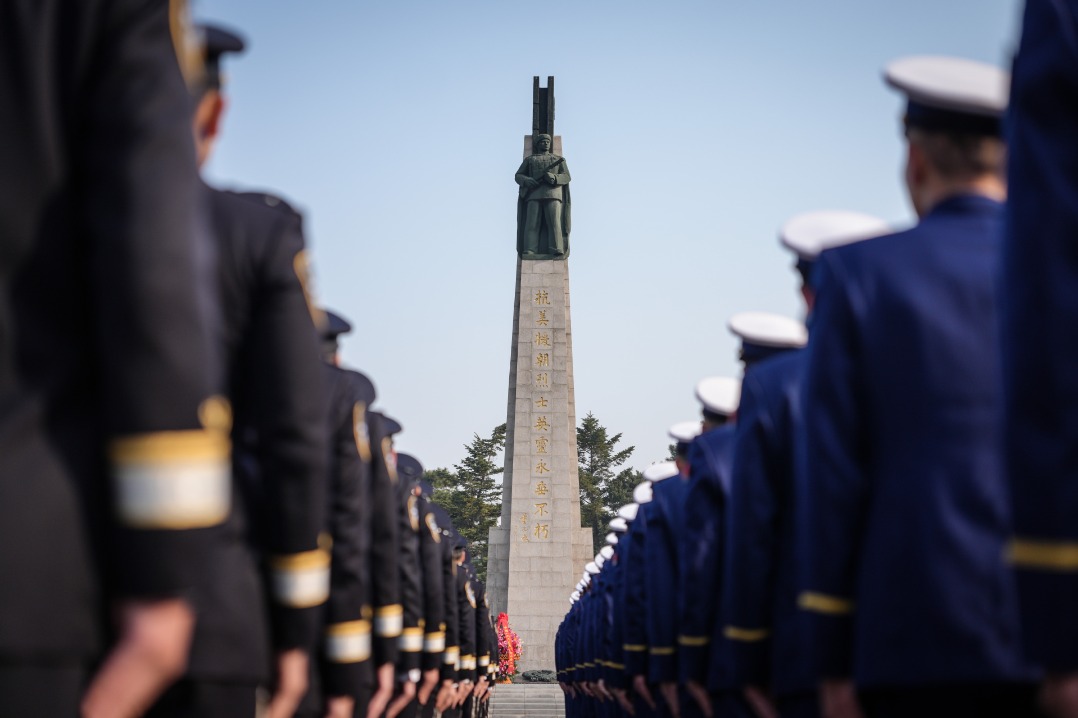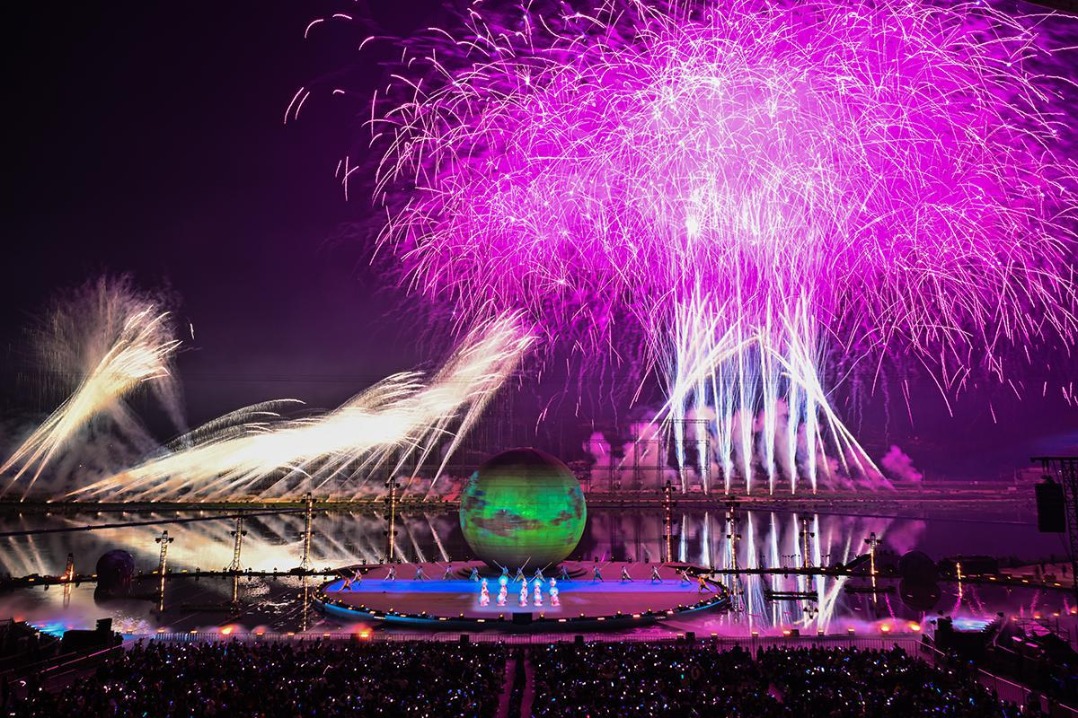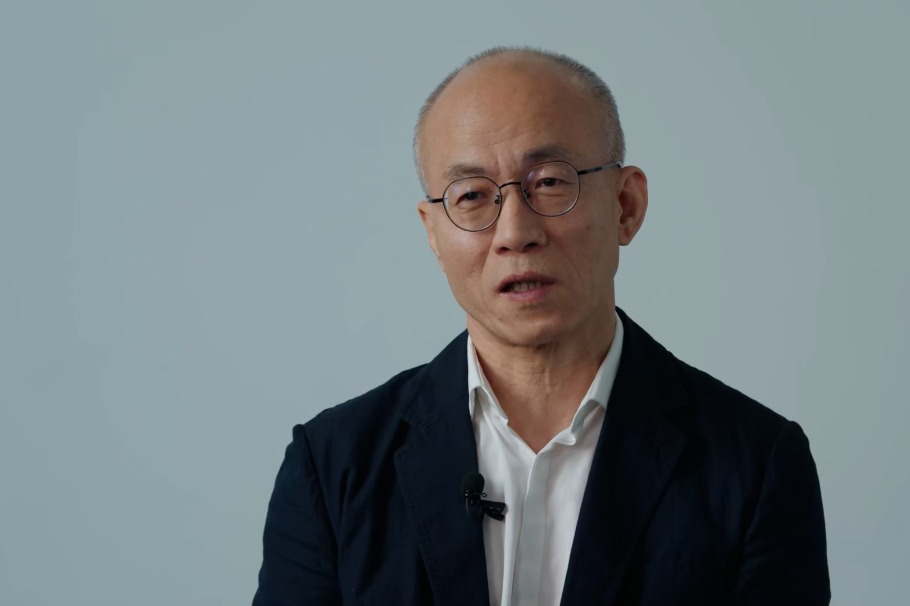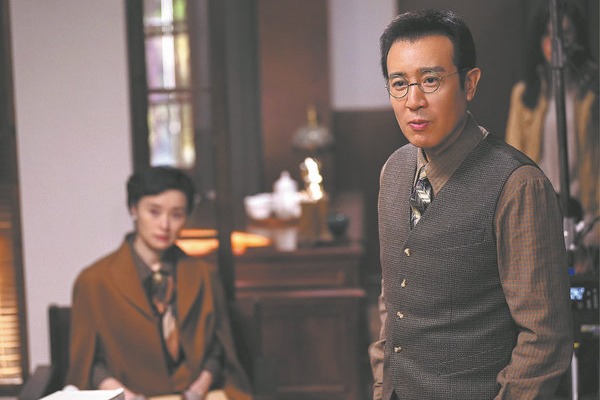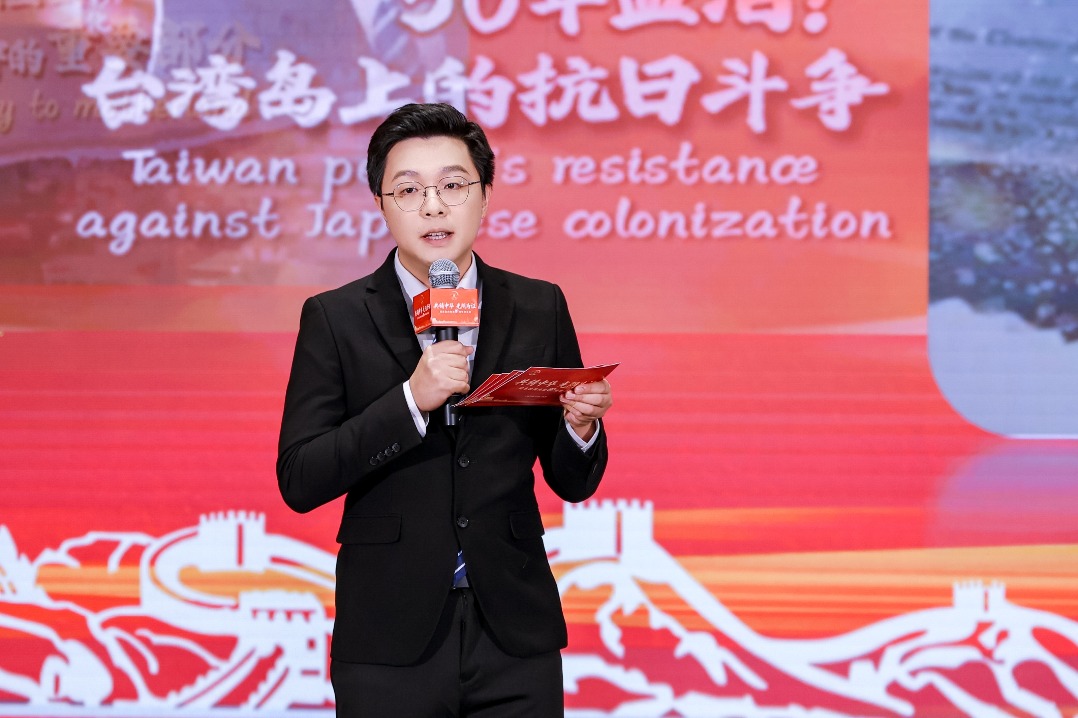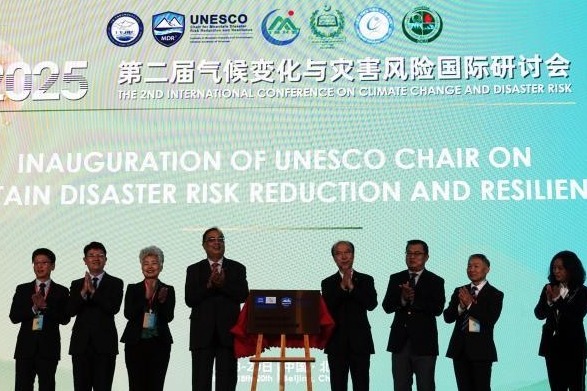Beijing zone a beacon of Chinese art

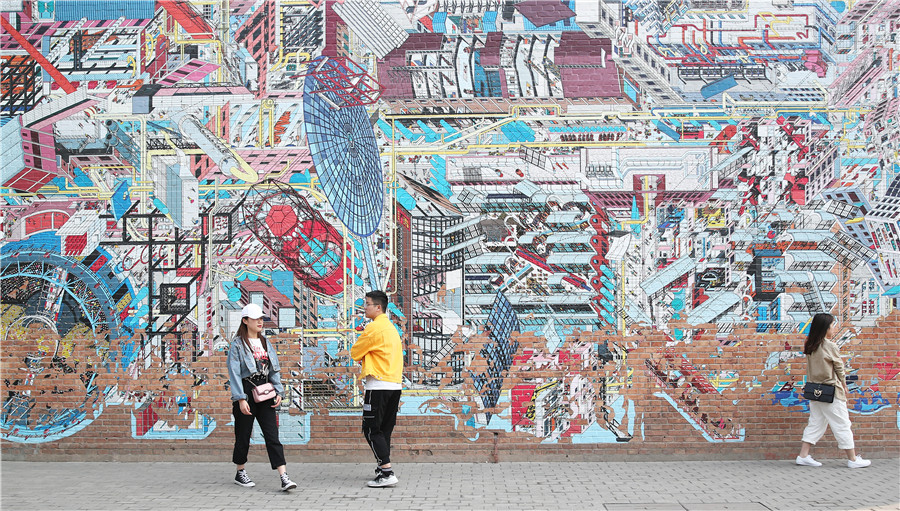
Celebrated hub becomes symbol of nation's growing cultural influence
Editor's Note: This year marks the 70th anniversary of the founding of the People's Republic of China. This is part of a series looking at significant developments in various fields as China increases its interaction with the world.
The smokestack that rises behind the red, refaced stucco facade of the UCCA Center for Contemporary Art in Beijing's 798 Art Zone is a remnant of the factory that originally stood there and points to the area's industrial roots.
The ground-floor walls of the newly renovated museum have been demolished, leaving only supporting columns and glass wraparounds that allow visitors to see the various activities throughout the complex.
"It's about making more connections, about tearing down walls," said Philip Tinari, the museum's director and CEO.
The latest developments at the museum, which is in the heart of the art zone, reflect the area's transformation from artists' enclave to international arts hub.
For many in the arts community, the zone is now considered a beacon of the rise of Chinese contemporary art's global significance. The celebrated art district is also becoming symbolic of the growing confidence and influence of Chinese cultural identity.
- Former senior Chinese legislator expelled from CPC, public office
- Xinjiang's living Muqam bridges past and future
- Preserving Russian ethnic culture in Xinjiang
- Staff members harvest apples in Xinjiang
- Macao's 3 exhibitions drive industrial development with over 140 deals
- Global warming reshapes extreme rainfall, snowfall across Northern Hemisphere: study

















